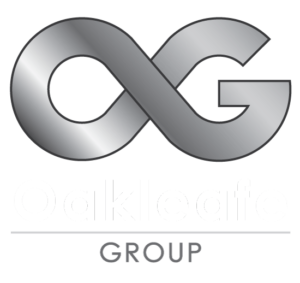One of the most challenging tasks after a fire at your home is assessing the damage. To look through the loss in your home in the aftermath of a fire is devastating. It's hard to see past the ruin and think logically about what you should inspect for your home insurance claim.
A lot of the damage caused by fire can also be inconspicuous. Smoke and mould damage may not be immediately noticeable. However, it can worsen over time, causing health risks. To help you with your fire insurance claim, we have compiled information on what to look for following a fire at your home.
What Does Fire Damage Look Like?
The damage to your property will depend on the type and size of fire you have suffered at your home. Yet even the smallest of fires can cause lasting damage that may not be obvious initially.
Fire damage includes damage caused by the fire and heat, smoke, ash, soot, fumes, toxins, and mould. Unless you know what to look for, you can easily miss signs of fire damage in your home.
Not showing all the damage to your insurer can result in not getting the full settlement you deserve. If this happens, you could find yourself with a considerable restoration cost further down the line, not to mention serious health problems caused by an unsafe living environment.
Contact a fire restoration service to find hidden fire damage in your home. They can help you assess the extent of the damage.
Check for colour changes on upholstery, wood, walls, ceilings, and plastics, which can happen when smoke damages them. Touch surfaces for signs of bumps and warping, which could indicate damage behind the surface. Run hands along all surfaces to check for soot and ash residue.
Check the smell within closed areas such as cupboards and drawers for signs of smoke damage. Smoke naturally travels to cooler areas and, therefore, will likely accumulate in areas beyond the flames.
Even when you take care to consider all these signs of fire damage, toxins and smoke damage can still go unnoticed. It's essential you seek professional advice from a trustworthy company such as Oakleafe Claims following a fire in your home. They can put you in touch with the right contractors to help you assess the damage in your home.
Keep detailed notes and take as much photographic evidence of the damage as possible. A report from a professional clean-up company can also go a long way to support your claim.
Look For Fire Damage To Consumables
When evaluating fire damage to your home, don't forget to consider the importance of consumables. Adjusters often overlook these things, which can significantly affect the accuracy of total damage assessment. Consumables include non-perishable food, fresh food, medicine, toiletries and cosmetics.
Carefully inspect your kitchen for signs of contamination, such as smoke, heat, water or firefighter chemical damage. To ensure safety, throw away all food and drinks if your kitchen is contaminated or damaged. Canned and packaged non-perishable foods can become harmful during fire and rescue operations. This is because of the fumes and chemicals produced.
Check your fridge and freezer for damage and bad smells. Throw away anything that you think might be contaminated. If your power went off during the fire, bin all perishable food items in your fridge and freezer. Take pictures and make a note of all the food you discard for your insurance claim.
Check your toiletries, cosmetics and medicines, and If there is any sign of damage to these items from the fire itself or the fire rescue effort, throw them away. Soot, smoke and toxins from chemicals all damage these products' safety and cause harm if ingested or absorbed. Remember to take photographic evidence of all products you remove to support your settlement.
Look For Fire Damage To External Structure
You must assess every part of your home following a fire. Failing to conduct a thorough investigation could result in your Insurance Claim being undervalued, meaning your settlement will be short. Inspection of external structures is vital, and you will need an expert, such as a Chartered Surveyor, to assist you. Their expert opinion will strengthen your insurance claim if you require evidence of the damage's severity.
Ask your Surveyor to check the roof structure and the underlying wood for destabilisation or signs of water damage that could later cause problems with mould growth. To protect your building, you need stucco, siding, and concrete. These can be damaged by fire heat.
Stucco and concrete can bake and dehydrate, which can cause them to crack. While siding can melt after exposure to heat. All of these must be assessed following a fire in your home.
Your contractor must inspect your home's structural steel and iron for signs of fire and heat damage. The foundation of your home can also become badly damaged.
Ensure samples and tests are undertaken to assess the stability of these structures. You must ask a professional to carry out these checks so that your home is safe. Otherwise, you could find yourself paying for deterioration and restoration further down the line that you cannot recover from your insurer.
Look For Fire Damage To Interiors
Assessing fire damage to the interior of your home may seem more straightforward. However, you should seek a professional opinion here, too. Much of the damage caused by fire, such as smoke and chemical damage, can remain unseen.
Interior walls ought to be inspected by a professional contractor. They may have to open some internal walls to establish whether there has been damage to the stability of the internal structure of your home. They can also assess whether there is a risk of mould developing on timber. These inspections are necessary to prevent further deterioration of your property following the fire.
Professional contractors should also be organised to check your home for deterioration and damage to internal components and appliances. A plumber should check pipes and ducts, and an electrician was asked to inspect sockets and appliances. All of which can be quickly damaged, even in small fires.
Smoke and soot from fires can easily infiltrate these areas and cause long-lasting damage. If these elements are left untreated, your health and safety could be severely compromised by smoke and toxin damage.
Take a close look at the windows in your property for signs of fire damage. Discolouration around and on window frames will be apparent.
In severe fires, the window frames can melt and the glass warp. Even the slightest damage to windows can cause problems with condensation, dampness and mould. Check furnishings and clothes for discolouration, soot residue and the smell of smoke.
As with all fire damage, take detailed notes and photographs of your observations and make a copy of your contractors' reports. All of this will serve as evidence for your fire insurance claim.
Conclusion
Assessing fire damage in your home is difficult and stressful. Not all damage caused by a fire is evident. It takes all your senses, awareness, and professional knowledge to inspect and investigate the full extent of the damage. The more apparent signs can be uncovered by looking for discolouration, feeling for bumps and warping to surfaces, touching interiors to discover soot and ash residue, and smelling for smoke contamination.
Areas to include in your fire damage assessment include consumables, exterior structures, interior structures and furnishings. However, much of the damage can remain unhidden or develop over a long period of time.
Therefore, you must contact professionals such as Oakleafe Claims, who can help you organise reliable contractors to assist you in assessing the fire damage to your home. This is the most reliable way to ensure you cover the full extent of the damage and receive an adequate settlement from your insurer to cover the total cost of clean-up and repair.





